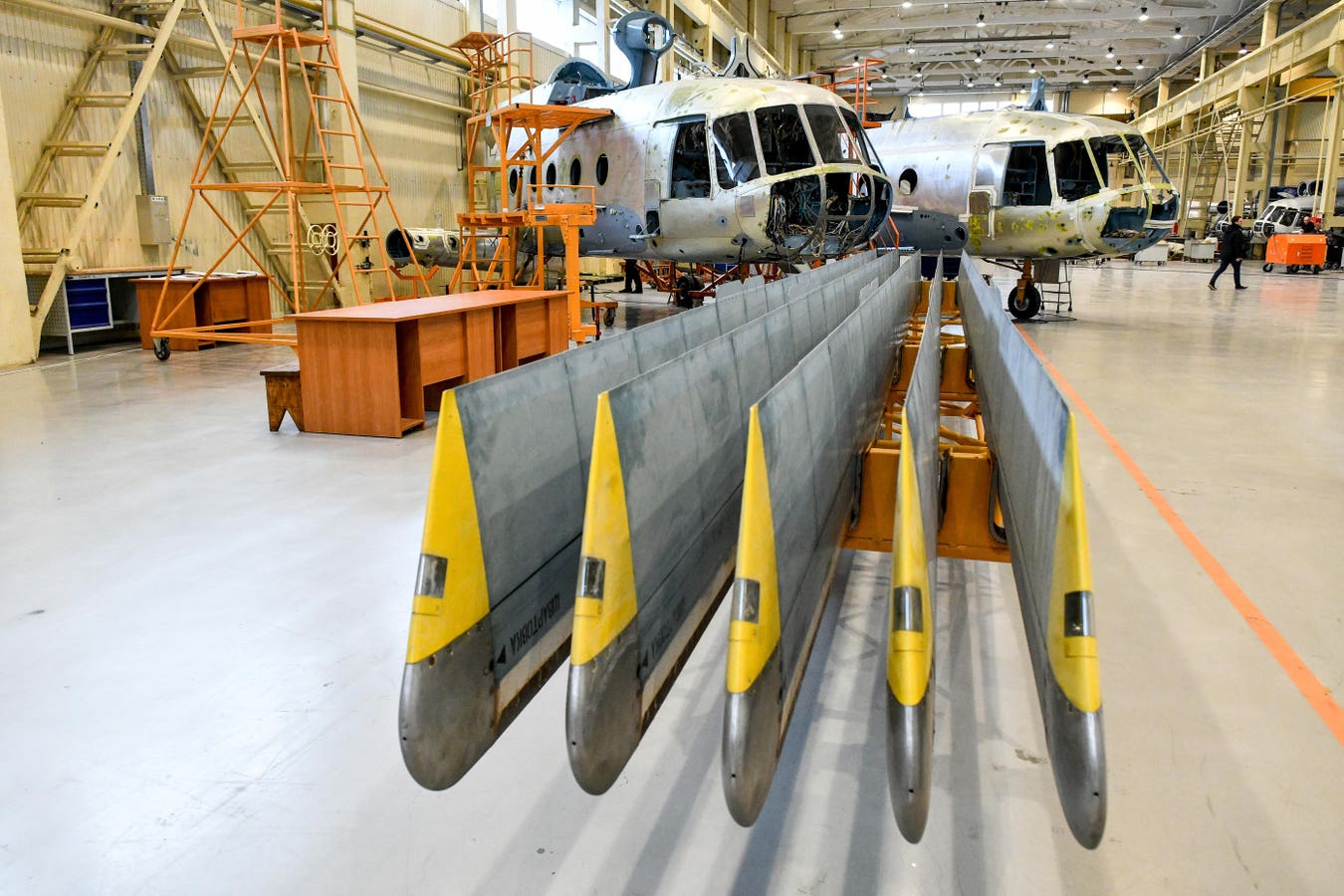How is the new Japanese XF9-1 engine ?
Info on wiki looks pretty exciting
The XF9-1 is a twin-spool axial-flow afterburning turbofan with a dual redundant
FADEC, consisting of a 3-stage fan, a 6-stage high-pressure compressor, an annular type combustor, a single-stage high-pressure turbine, a single-stage low-pressure turbine, an afterburner, and a convergent-divergent nozzle. The concept, slim and high-power, resulted in an approximately 30% higher thrust per unit cross-sectional area compared to the GE F110 the Mitsubishi F-2 is equipped with. To achieve this thrust level, a higher combustion temperature (1,800℃ class) and an optimized aerodynamic design were needed, which in turn required advanced material, manufacturing, cooling and fluid analysis technologies.
Each of the rotors is a
blisk to contribute to weight reduction and downsizing. The combustor is equipped with patented new-type burners, Wide-angle Swirler, to facilitate stable combustion and more uniform heat distribution at the outlet. To reduce cost, the high-pressure turbine disk is manufactured by forging technique instead of
powder metallurgy (PM) employed in the XF5; the material is a nickel-cobalt base superalloy, TMW-24, developed by
NIMS, of which heat resistance is comparable to that of PM superalloys. Turbine blades made of a Japanese fifth generation nickel base single-crystal superalloy are friction welded to the disk to form the blisk, which is enclosed in the shroud made of
ceramic matrix composites. The afterburner is a new type to eliminate the conventional annular flame holders to improve efficiency.
As another characteristic, the XF9-1 incorporates a starter generator that outputs 180 kW, meaning that a twin-engine fighter with this engine can be supplied with as much as 360 kW of electricity by engines alone.
[4] The capacity is quite large compared to that of conventional fourth or fifth generation fighters such as the
Boeing F-15E (76 kW), the
Lockheed Martin F-22 (130 kW), and the
Lockheed Martin F-35 (160 kW), allowing for next generation avionics and other high power consuming onboard devices and equipment.
In addition, a research to demonstrate thrust vectoring control and its failure handling technology is conducted from 2016 to 2020 in parallel with development of the engine. This research is aimed at achieving higher maneuverability and smaller control surfaces favorable to stealth aircraft. For the XF9-1, the XVN3-1 three-dimensional thrust vectoring nozzle is available, which can deflect thrust up to 20 degrees in all circumference directions.
[7]


